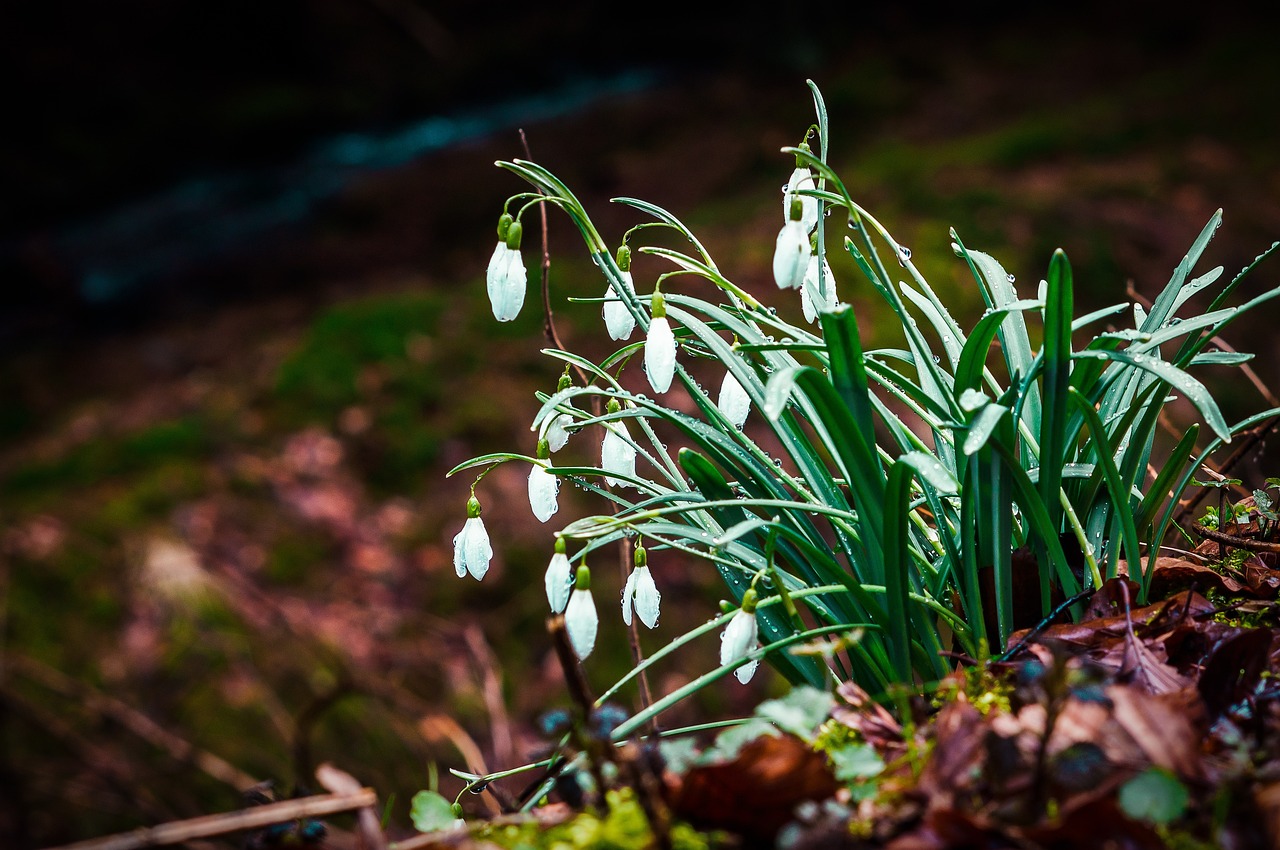February, which has just ended, was the warmest in Austria’s recorded history. Moreover, never before has a month been so far from the multi-year average, GeoSphere Austria reported on Friday.
“Never before in the 257-year history of measurements has a month been so far above its multi-year average,” climatologist Alexander Orlik from GeoSphere Austria says. February was 5.5 degrees warmer in Austria’s lowlands than the average for the 1991–2020 climate period and 5.0 degrees warmer in the mountains. Compared to 1961–1990, it was 6.4 degrees in the lowlands and 5.9 degrees in the mountains.
The number of days with frost (lows below zero degrees) in February 2024 was also below average. It set new records at some weather stations: Bregenz with no frost days (old record two in February 1995 and 2016), Innsbruck University with five frost days (old record six in 1926), Salzburg Freisaal with one (six in 2000 and 2020), Vienna Hohe Warte with no frost days (two in 1966), Eisenstadt with one frost day (three in 1966).
Often completely snow-free
In the Austria-wide evaluation, the amount of precipitation was seven percent above the long-term average. It was too dry from the Weinviertel region via Vienna and Burgenland to southern Styria (minus 25 to minus 50 percent). Parts of East Tyrol and Carinthia, particularly, were well above average (plus 75 to 145 percent).
Below 500 meters above sea level, February 2024 was almost completely snow-free. The snow conditions were also well below average, above 1,000 meters. Above 1,500 meters above sea level, the number of days with snow cover was roughly average, and the amount of fresh snow was slightly below average (approx. minus 20 percent).
Hazel bushes and snowdrops in bloom
The unusually warm February also led to an early start to the vegetation. The hazel bush and the snowdrop started flowering around ten days earlier than average (climate period 1991–2020). This means 7th place (hazel) and 6th place (snowdrop) in the 80-year measurement series of the earliest flowering dates. The situation is similar for spring knotweed and yellow dogwood. In some regions, willow and forsythia have also started to bloom, and the first apricot blossoms have been observed in isolated cases.
This post has already been read 3908 times!



